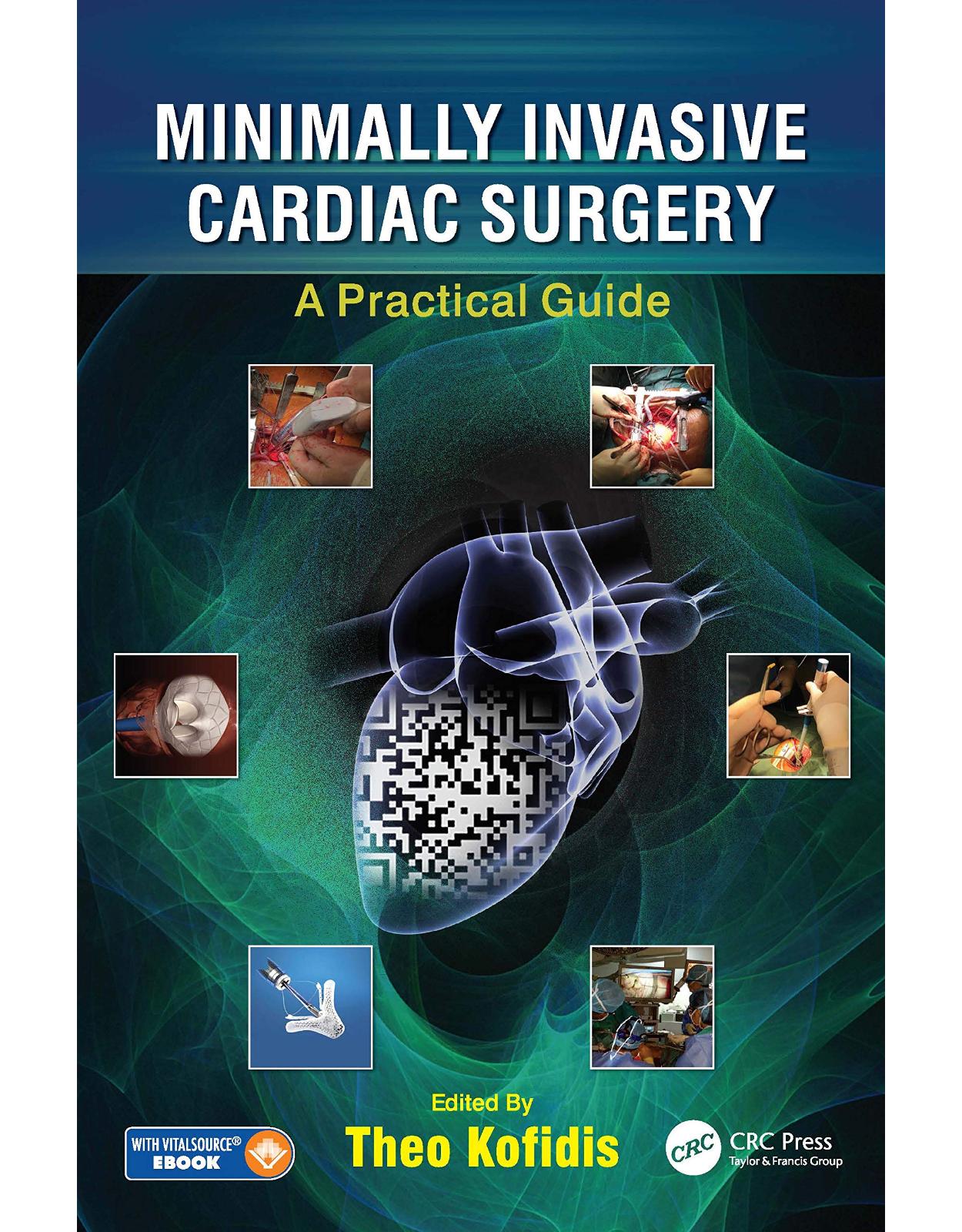
Minimally Invasive Cardiac Surgery: A Practical Guide
Livrare gratis la comenzi peste 500 RON. Pentru celelalte comenzi livrarea este 20 RON.
Disponibilitate: La comanda in aproximativ 4 saptamani
Autor: Theo Kofidis
Editura: CRC Press
Limba: Engleza
Nr. pagini: 427
Coperta: Hardcover
Dimensiuni: 21.08 x 2.54 x 28.96 cm
An aparitie: 26 Mar. 2021
Description:
Minimally invasive cardiac surgery(MICS) is an integral component of every future cardiac surgeon’s training. There continues to be a growing global demand towards less invasive surgical techniques. Both cardiologist and cardiac surgeon form "heart teams" to provide patients with novel, minimally invasive procedures, with all their benefits. Less invasive techniques are often complex and require special knowhow and skills. This book offers an innovative approach to learning, utilizing QR code technology, which refers the reader to essential audio-visual material, which, along with the didactic text, focuses on practical aspects of minimally invasive cardiac surgery. In modern Heart Teams, and with the advent of the hybrid era, surgeons will only be able to survive if they have state-of-the-art skills in less invasive technologies, which can be incorporated in the hybrid theatre and/or trans-catheter arena. This text accompanies the surgeon along this path, and provides clinical advice and practical solutions, beyond the necessary basic knowledge. Which courses to visit, which videos to watch, which centres to join for serious training? How best to exploit public and multimedia? How to consent a patient into a MICS procedure? How to set up a MICS program or practice? In the era of value driven outcomes, and a shift towards shorter and better patient journeys, MICS is a skill that no heart surgeon can be without. Minimally Invasive Cardiac Surgery: A Practical Guide is a teaching resource, reference book and manual written by surgeons who both operate and teach the procedures described within. Provides access to online resources via QR codes Includes links to videos and the e-version of the text Acts as a gateway to a huge choice of minimally invasive cardiac surgery materials
Table of Contents:
1 Foreword/Introduction
How to get the most out of the present book
Who is the primary and secondary readership of the book?
2 History of Minimally Invasive Cardiac Surgery
History or Introduction
How It Has Been Done
Tools/Instruments and Devices
Perioperative Consideration
Alternative Approaches
Caveats and Controversies
Research, Trends and Innovation
Where and How to Learn
References
3 How to Set up a Minimally Invasive Program
History or Introduction
How to Do It/Step by Step
Tools/Instruments and Devices
Perioperative Consideration
Alternative Approaches
Caveats and Controversies
Where and How to Learn
References
4 Instrumentation and Operating Theater Set up in Minimally Invasive Cardiac Surgery
Introduction
How to Do It/Step by Step
Minimally Invasive Valve Surgery
Minimally Invasive Mitral Valve Surgery
Minimally Invasive Aortic Valve Surgery
Minimally Invasive CABG Surgery
Positioning Draping of Patient
Special Considerations
Special Instruments and Consumables
TAVI (Transfemoral and Transapical)
Femoral Cannulation Technique
Cannula Selection
Cannula Sizing
The Insertion Technique
Cannula Positioning
Cannula Securing
Open Cannulation for Endoballoon (Thruport)
Percutaneous Femoral Cannulation
Tools/Instruments and Devices
General Instrumentation
Special RETRACTORS for Minimally Invasive Mitral Valve Surgery
Special Instruments for MICS CABG Surgery
ThoraTrak Retractor
Octopus Nuvo Stabilizer and Starfish NS Positioner
Femoral Cannula
Special Instruments
Perioperative Consideration
Alternatives
Alternative Stabilizers
Aesculap FLEXHeart
Valve XS Atrium Retractor
Alternative Cannulation Technique for CPB
Axillary Artery Cannulation
SVC Cannulation
Conventional Cannulation
Peripheral Cannulation Technique
Robotic Surgery
TAVI
Caveats and Controversies
Heart Valve Surgery
MIS AVR: Approach – Upper J sternotomy vs RATS
TAVI VS SAVR
MiMVR: Mini MVR vs Robotic-Assisted
MICS CABG
References
5 Anesthesia for Minimally Invasive Cardiac Surgery
History and Introduction
How to Do It/Step by Step
Monitoring
Anesthetic Preparation
Transesophageal Echocardiography (TOE)
Ventilation Strategy
Principles Guiding Conduct of Anesthesia
Tools/Instruments and Devices
Perioperative Considerations
Pre-Anesthetic Evaluation
Positioning
Postoperative Management
Alternative Approaches
Caveats and Controversies
One-Lung Ventilation
Postoperative Pulmonary Edema
Surgical Techniques Impacting Anesthesia
Deairing of the Heart
Mitral Valve and Right Mini-Thoracotomy
Long-Acting Cardioplegia
MICS CABG
Proximal Anastomosis
Reinflating the Left Lung
Research, Trends and Innovation
Where and How to Learn
References
6 Surgical Approaches in Minimally Invasive Cardiac Surgery
History or Introduction
How to do it/Step by Step
Patient selection, preparation and positioning
Perioperative Considerations
Tools/Instruments and Devices
Alternative Approaches
Alternative caval isolation for right heart
Trans-areolar Endoscopic approach
Caveats and Controversies
Potential Complications and troubleshooting
References
7.1 The Aortic Valve: Minimally Invasive Aortic Valve Replacement. The Right Anterior Minithoracotomy
Introduction
How to Do It/Step by Step
Step 1: Patient Preparation and Exposure
Step 2: CPB installation – Cannulation, cardioplegia and LV venting
Step 3: AVR – Aortotomy, aortic valve exposure and replacement
Tools/Instruments and Devices
Medtronic ThoraTrak (MICS retractor system)
Perioperative Considerations
Alternative Approaches
Caveats and Controversies
Research, Trends and Innovation
Where and How to Learn
References
7.2 Minimally Invasive Aortic Valve Replacement: Upper “J” Sternotomy
Introduction
How to do it/Step by Step
Special Considerations
Tools/Instruments and Devices
Saw: Oscillating Saw
Aortic Cannula: EOPATM
Aortic Cross Clamp
Automated knot fastener
Perioperative Consideration
Preoperative CT scan of the patient (CT Thorax, abdomen and pelvis)
Chest Wall Deformity
Severe Calcified Ascending Aorta
Reoperations/Redo surgery
Status Post-pneumonectomy
Obesity
Post-Radiation therapy
Alternative Approaches
Manubrium-limited Sternotomy
Suprasternal AVR
Caveats and Controversies
Research, Trends and Innovation
Trans-apical TAVI
Valve-in-Valve
Where and How to Learn
Professional Education: LivaNova
EACTS Academy
National University Health System (NUHS), Singapore (ASTC)
Aortic Valve and Root Boot Camp
References
7.3 The Aortic Valve: Sutureless Valves in the Setting of MICS AVR
History and Introduction
How to do it/Step by Step
Patient selection
Perceval
Intuity Elite Valve
Tools/Instruments and Devices
Perceval S (LivaNova Group, Milan, Italy)
Intuity (Edwards Lifesciences, Irvine, CA)
Perioperative Consideration
Alternative Approaches
Caveats and Controversies
Research, Trends and Innovation
Perceval
Intuity
Perceval versus Intuity
Current evidence and future prospects
Where and How to Learn
International Valvular Surgery Study Group (IVSSG)
References
7.4 The Aortic Valve: Endoscopic Aortic Valve Surgery
History and Introduction
OT Setup and Instrumentation
How to do it/Step by Step
Cardiopulmonary Bypass (CPB)
Aortic cross clamping, cardioplegia and ventricular venting
Surgical technique
Prosthetic choice
Summarized experience
Caveats and Controversies
Where and How to Learn
Conclusions
References
8.1 Transcatheter Aortic Valve Implantation (TAVI): Transapical Transcatheter Aortic Valve Replacement
History and Introduction
How to do it/Step by Step
The Transapical Approach
Operative Technique
Tools/Instruments and Devices
Perioperative Consideration
Preoperative Assessment and Planning
Alternative Approaches
Caveats and Controversies
Research, Trends and Innovation
Where and How to Learn
References
8.2 Transfemoral Transcatheter Aortic Valve Implantation
History and Introduction
How to do it/Step by Step
Patient selection
Setup and equipment
Vascular Access
Temporary Pacemaker Placement
Aortic Root Angiogram
Delivery Sheath Insertion
Aortic Valve Crossing
Balloon Aortic Valvuloplasty (BAV)
Valve Implantation
Post-Valve implantation assessment
Tools/Instruments and Devices
Sapien 3 (Edwards Lifesciences, Irvine, CA, USA)
Evolut R (Medtronic, Fridley, MN, USA)
Lotus Edge (Boston Scientific, Marlborough, MA, USA)
Portico (Abbott, Chicago, IL, USA)
Perioperative Considerations
Preoperative assessment and screening
Echocardiogram
Cardiac catheterization
ComputeD Tomography (CT) Angiography
Associated co-morbidities
Alternative Approaches
Caveats and Controversies
Paravalvular regurgitation (PVR)
Cardiac atrioventricular conduction abnormalities
Stroke
Vascular complications
Specific caveats
Research, Trends and Innovation
Current status of TAVI
Balloon Valvuloplasty Catheter
Delivery Sheath Design
Future of transfemoral TAVI
Where and How to Learn
Medtronic TAVI course
PCR Online TAVI Atlas
ESC courses
References
8.3 Transcatheter Aortic Valve Implantation (TAVI): Alternative Approaches for Transcatheter Aortic Valve Implantation
Introduction
Alternative approaches
How to do it/Step by Step
Subclavian Transcatheter Aortic Valve Replacement (SC-TAVI)
Technique
Pros and Cons
Transaxillary Transcatheter Aortic Valve Replacement (TAX-TAVI)
Technique
Pros and Cons
Direct Aortic Transcatheter Aortic Valve Replacement (DA-TAVI)
Technique
Pros and Cons
Transcarotid Transcatheter Aortic Valve Replacement (TC-TAVI)
Technique
Pros and Cons
Transcaval Transcatheter Aortic Valve Replacement (TCA-TAVI)
Technique
Pros and Cons
Devices
Peri-procedural Considerations
Where and How to Learn
TAVI Fellowship
References
9.1 The Mitral Valve: Minimally Invasive Mitral Valve Surgery
History and Introduction
How to do it/Step by Step
Position the patient
Installing Extracorporeal Circulation
Myocardial Preservation
Exposure
Mitral valve repair technique
Tools/Instruments and Devices
Medtronic extracorporeal cannula
ThruPort IntraClude from Edwards Lifesciences
Perioperative Considerations
Caveats and Controversies
Research, Trends and Innovation
Where and How to Learn
Focus valve workshops
NUHCS Singapore Minimally Invasive Mitral Valve Programme
Cleveland Clinic minimally invasive mitral repair
References
9.2 The Mitral Valve: Alternative Approaches to Minimally Invasive Mitral Valve Surgery
History or Introduction
How to do it/Step by Step
Right Paramedian Approach
Upper Sternotomy Approach
Right Thoracotomy Approach
Tools/Instruments and Devices
MitraClipTM
Tiara Valve
Accufit Valve
TendyneTM Valve
Cardiaq Valve
Coronary Sinus-Based Percutaneous Mitral Annuloplasty
Valtech Cardioband
Mitralign
Gds Accucinch
Transapical Off-Pump Neochord Implantation
Valtech V-Chordal
Mitra-Spacer
Perioperative Consideration
Alternative Approaches
Transcatheter Mitral Valve Replacement
Percutaneous Mitral Valve Repair
Where and How to Learn
References
9.3 The Mitral Valve: Robotic Mitral Valve Surgery
History and Introduction
How to do it/Step by Step
Patient selection
Preparation
Surgical exposure and access
Cardiopulmonary bypass and myocardial protection
Operating on the mitral valve
Concluding the operation
Tools/Instruments and Devices
Da Vinci Xi system
Alexis wound protector
Endo Close™ trocar site closure device
LivaNova venous return cannulas
Optisite arterial cannulas
MiaR™ cardioplegia cannula
Chitwood Debakey aortic cross-clamp
StrykeFlow II suction irrigation pump
Perioperative Consideration
Preoperative assessment
Previous cardiac surgery
Clinical outcomes
Alternative Approaches
LEAR technique
Cardioplegia
Cross-clamp
Reoperative surgery
Caveats and Controversies
Research, Trends and Innovation
Where and How to Learn
Annals of Cardiothoracic Surgery (ACS) Video Atlas
STS workshop on Robotic Cardiac Surgery
References
9.4 The Mitral Valve: Percutaneous Mitral Valve Repair: MitraClip®
History and Introduction
Percutaneous Mitral Valve Repair using the MitraClip® System
How to do it/Step by Step
Steps
Surgical Approach
Transseptal Puncture
Anatomy of the septum
Tools/Instruments and Devices
Perioperative Consideration
Indications for MICS Procedure
Patient Selection
Contraindications
Alternative Approaches
A look to current and soon-to-come transcatheter mitral valve repair options
Caveats and Controversies
From the Cardiologist’s point of view
Transcatheter Mitral Valve Repair Today and Tomorrow
Experiences so far
Real-World Experience
Butterfly in the Heart
Beyond EVEREST
Research, Trends and Innovation
ACCESS-EU PHASE I
ACCESS-EU PHASE II
Where and How to Learn
10 Minimally Invasive Tricuspid Valve Surgery
History and Introduction
Tricuspid Regurgitation
TR at the time of left-sided heart surgery
Tricuspid Stenosis
How to do it/Step by Step
Exposure of the heart and right atrium
Cannulation and cardiopulmonary bypass
Aortic clamping and cardioplegia delivery
Main operation (TV repair or replacement)
Completion of the procedure
Redo right mini thoracotomy TV surgery (after previous pericardiotomy)
Tools/Instruments and Devices
Perioperative Consideration
Alternative Approaches
Caveats and Controversies
Research, Trends and Innovation
Where and How to Learn
References
11 Minimally Invasive Combined Heart Valve Surgery
Introduction
How to do it/Step by Step
Upper J sternotomy Approach for Double Valve Repair/Replacement (AVR+MVR)
Upper T sternotomy Approach
Right Mini-thoracotomy approach
Caval isolation
Caval occlusion
Concomitant Procedures
Tools/Instruments and Devices
External Defibrillator pads
Soft Tissue Retractor
Atrial lift system and Visor
Alternatives
Conventional full sternotomy approach
Caval Isolation
Caveats and Controversies
Combined procedures in minimally invasive versus conventional approaches
Research, Trends and Innovation
Soft Robotics in Minimally Invasive Surgery
Where and How to Learn
Minimally Invasive Techniques in Adult Cardiac Surgery (MITACS)
International Society for Minimally Invasive Cardiothoracic Surgery (ISMICS) Courses
References
12.1 The Coronaries: Minimally Invasive Coronary Artery Bypass Grafting Surgery
History or Introduction
How to do it/Step by Step
Patient positioning
Chest marking and incision
Harvesting the left internal thoracic artery (LITA)
Proximal Anastomosis
Distal Anastomoses
Chest Closure
Post-operative Care
Tools/Instruments and Devices
Perioperative Consideration
Anesthesia
Alternative Approaches
Caveats and Controversies
Research, Trends and Innovation
Where and How to Learn
References
12.2 The Coronaries: Robot Facilitated Coronary Artery Bypass Grafting
History and Introduction
How to do it/Step by Step
Patient selection
Preparation
Operative guide
Step 1: Patient placement and operative start-up
Step 2: Port insertion and robot docking
Step 3: Internal mammary artery takedown
Step 4: Utility port placement
Step 5: Precordial fat pad resection and pericardial exposure
Step 6: Peripheral vascular cannulation and application of endoclamp (endoballoon occlusion)
Step 7: Cardiopulmonary bypass
Step 8: Identification and exposure of the target vessels
Step 9: Robot-facilitated endoscopic coronary anastomosis
Step 10: Final actions
Tools/Instruments and Devices
Perioperative Consideration
Preoperative assessment and work-up
Anesthetic considerations
Postoperative care
Time demand
Alternative Approaches
Cannulation
Cardioplegia
TECAB approaches
Coronary grafting options
TECAB as hybrid coronary procedure
Caveats and Controversies
Contraindications to TECAB
Endoballoon
Extracorporeal circulation
Coronary anastomosis
Other caveats
Research, Trends and Innovation
Reduced surgical trauma advantages
Intermediate- and long-term outcomes
Predictors of success and safety, further patient aspects
Summary and future aspects
Where and How to Learn
References
12.3 Anaortic, Off-Pump, Total-Arterial Coronary Artery Bypass Grafting Surgery: The Coronaries
History and Introduction
Introduction
History of OPCAB and technical innovation
Research, Trends and Innovation
Stroke and other peri-operative complications
High-risk patients
Caveats and Controversies
Complete revascularization and long-term outcomes
How to do it/Step by Step
Anaortic OPCAB surgical technique
Tools/Instruments and Devices
Alternative Approaches
Where and How to Learn
EACTS OPCAB fellowship
EBM Beat + Youcan simulator
Summary
References
12.4 The Coronaries: Hybrid Coronary Artery Bypass Grafting Surgery
History and Introduction
How to do it/Step by Step
Tools/Instruments and Devices
Perioperative Consideration
Alternative Approaches
Caveats and Controversies
Research, Trends and Innovation
ISMICS 2014 Annual Meeting presentation
References
13 Minimally Invasive Atrial Ablation Surgery
History and Introduction
How to do it/Step by Step
Minimally invasive Cox maze procedure
Pulmonary vein isolation
Pruitt box lesion
Wolf Mini maze
PVI via right minithoracotomy
Pulmonary vein isolation and autonomic denervation
Dallas lesion set
Five box ablation
Tools/Instruments and Devices
Perioperative Considerations
Paroxysmal versus persistent AF
Minimally Invasive Surgical versus Catheter Ablation
Comorbidities
Alternative Approaches
Hybrid ablation
Thoracoscopic approach
Subxiphoid pericardioscopic approach
Transdiaphragmatic combined subxiphoid and laparoscopic approach
Concomitant minimally invasive AF ablation and mitral valve surgery
Left atrial appendage exclusion
Caveats and Controversies
Epicardial Ablation for AF
Hybrid ablation for AF
Research, Trends and Innovation
Minimally invasive Cox maze
Minimally invasive pulmonary vein isolation
Pruitt box lesion
Wolf mini maze
Pulmonary vein isolation via right minithoracotomy
Pulmonary vein isolation and autonomic denervation
Dallas lesion set
Five-Box Ablation
Hybrid Surgery for AF
Thoracoscopic Approach
Subxiphoid pericardioscopic Approach
Transdiaphragmatic combined subxiphoid and laparoscopic approach
Concomitant atrial ablation with minimally invasive mitral surgery
Conclusion
Where and How to Learn
International Society of Minimally Invasive Cardiac Surgery (ISMICS) Workshop
AtriCure Education and Training
The Journal of Innovations In Cardiac Rhythm Management
References
14.1 Aortic Surgery: Minimally Invasive Ascending Aortic Surgery
History or Introduction
Minimally invasive aortic surgery for cardiovascular surgeons
History
How to do it/Step by Step
Surgical approach
Aortic root, ascending aorta with or without proximal arch, total arch
Endovascular repair of the ascending aorta
Endovascular repair of aortic arch
Descending thoracic aorta
Thoracoabdominal aorta
Tools/Instruments and Devices
FDA-approved stent grafts
Perioperative Consideration
Indications for minimally invasive aortic surgery
Ascending aorta and aortic arch
Descending thoracic aorta
Alternative Approaches
Caveats and Controversies
Research, Trends and Innovation
Current results
Ascending aorta: Endovascular repair
Arch and descending thoracic aorta
Hybrid results
Endovascular repair
Descending thoracic aorta
Where and How to Learn
References
14.2 Aortic Surgery: Endovascular and Hybrid Approaches for Distal Arch and Descending Thoracic Aorta
History or Introduction
Distal arch aneurysms
Descending aortic aneurysms
Traumatic aortic injury
Penetrating aortic ulcers
Intramural hematoma
Coarctation of aorta
Type B aortic dissections
Other pathologies
How to do it/Step by Step
Arch Debranching
Evolution of the “Visceral Hybrid” Repair for Thoracoabdominal Aortic Pathology
General Principles
Treatment techniques
Zone 1 Pathologies
Zone 2 Pathologies
Zone 3 Pathologies
St Mary’s Visceral Hybrid Repair Technique
Alternative Approaches
Standard Approach (Transfemoral)
Conduits
Iliac/Infra-renal Abdominal Aortic Approach
Thoracic Aortic Approach
Tools/Instruments and Devices
Tools/Instruments
Devices
Standard TEVAR Devices
Custom-made TEVAR Devices
Hybrid Open TEVAR Devices
Perioperative Considerations
Device and Stock Considerations
Radiation Protection
Lumbar Spinal Drainage
Caveats and Controversies
Subclavian Artery Coverage
Chimney Techniques
References
15 Minimally Invasive Heart Failure Surgery
Introduction
Operations for Heart Failure
How to do it/Step by Step
Minimally invasive LVAD implantation
Technique
Surgical Access
Circulatory support
Operation
Special Concerns
Tools/Instruments and Devices
Acorn CoreCap
Heartware VAD (HVAD)
HeartMate III
Alternatives
Conventional Full sternotomy approach
Caveats and Controversies
Abandoned surgical options
Managing Arrhythmias in LVAD Patients
Park’s Plication Stitch for AI at the time of LVAD
Bilateral mini-thoracotomy vs separate incisions
Sternal-sparing approach
Off-Pump vs on-pump LVAD implantation
Minimally invasive vs conventional LVAD implantation
Research, Trends and Innovation
Heart failure therapy update
Where and How to Learn
ISHLT
Postgraduate Course in Heart Failure London
References
16 Epilogue
Annex
Index
| An aparitie | 26 Mar. 2021 |
| Autor | Theo Kofidis |
| Dimensiuni | 21.08 x 2.54 x 28.96 cm |
| Editura | CRC Press |
| Format | Hardcover |
| ISBN | 9781498736466 |
| Limba | Engleza |
| Nr pag | 427 |
-
1,74700 lei 1,41700 lei

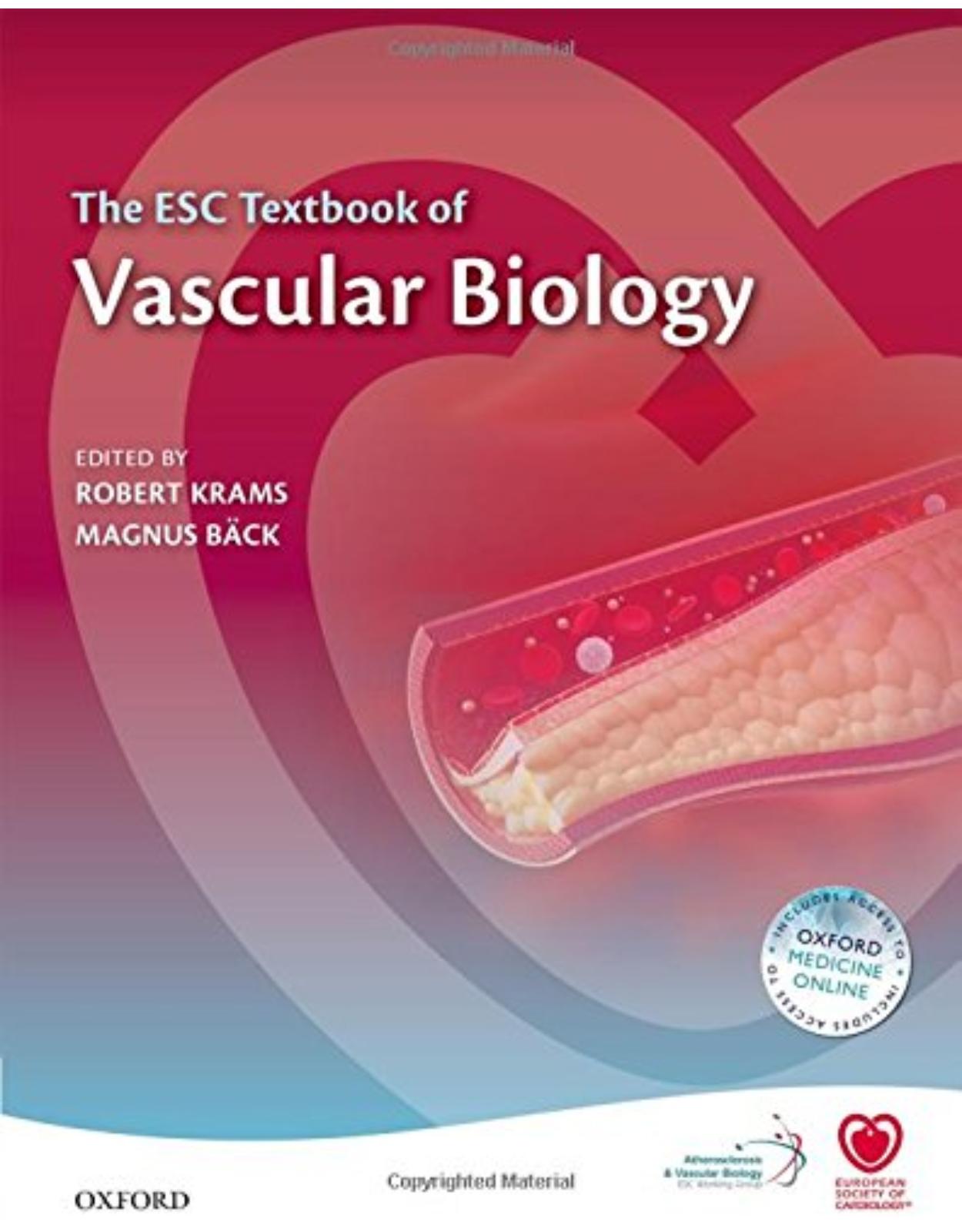
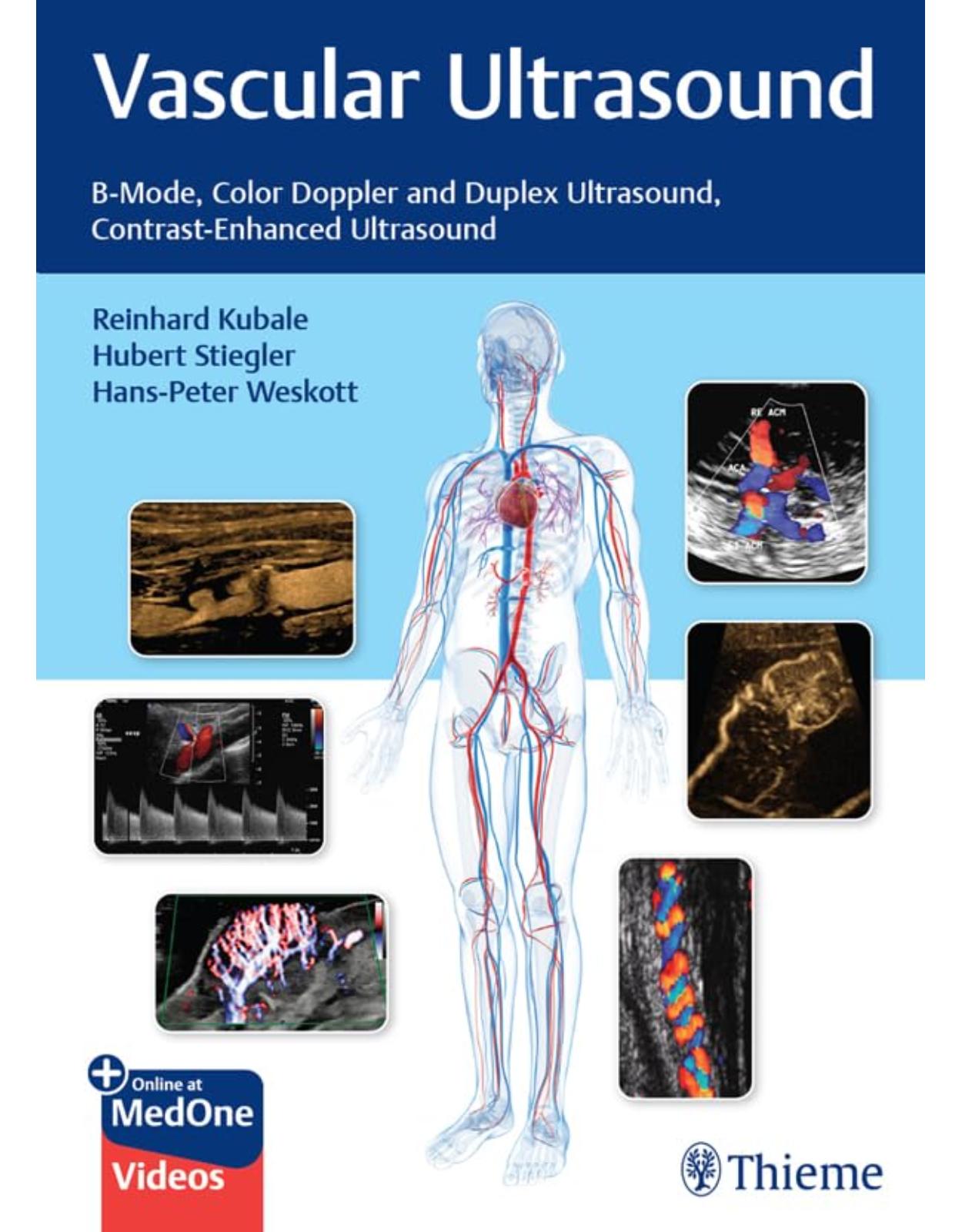
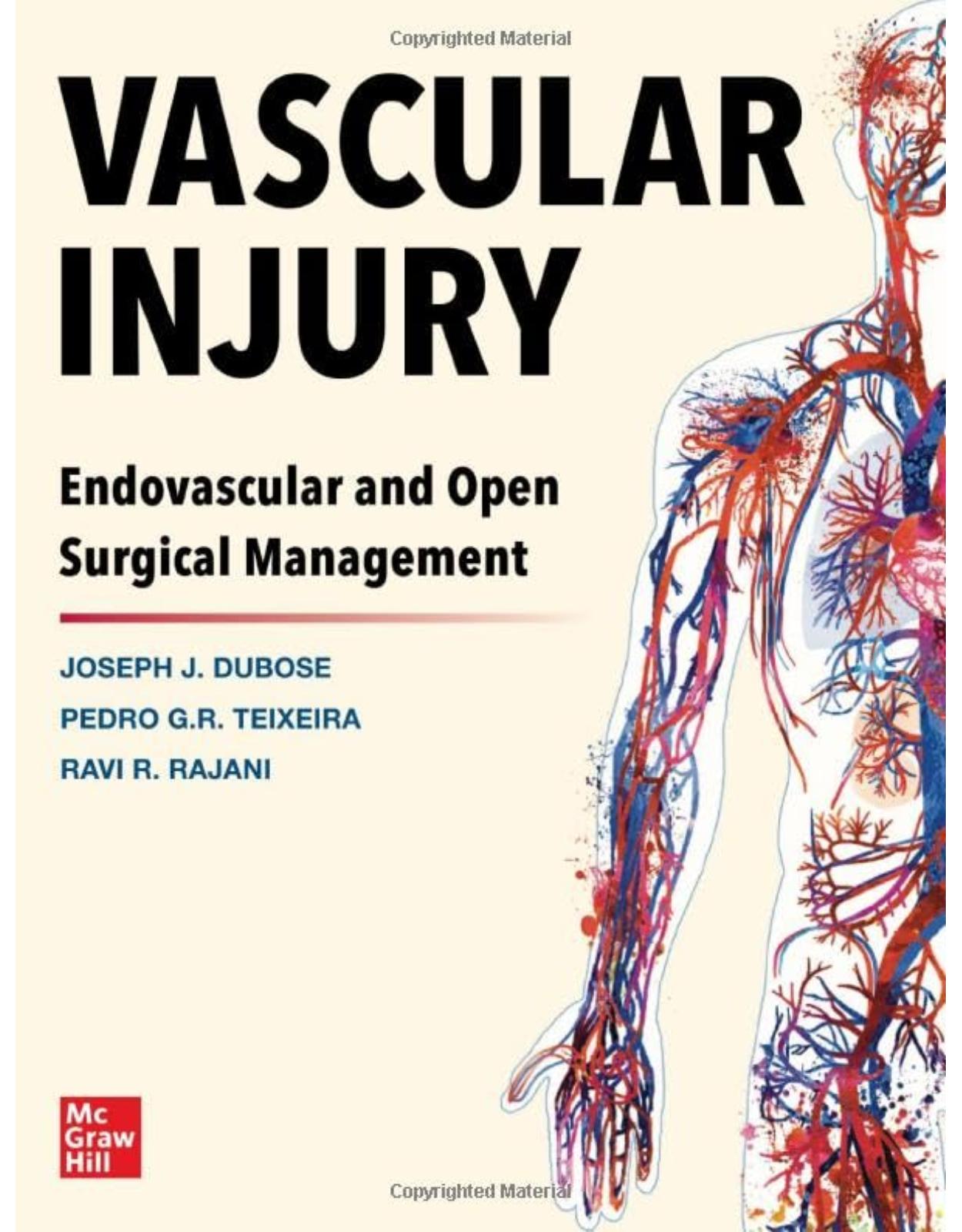
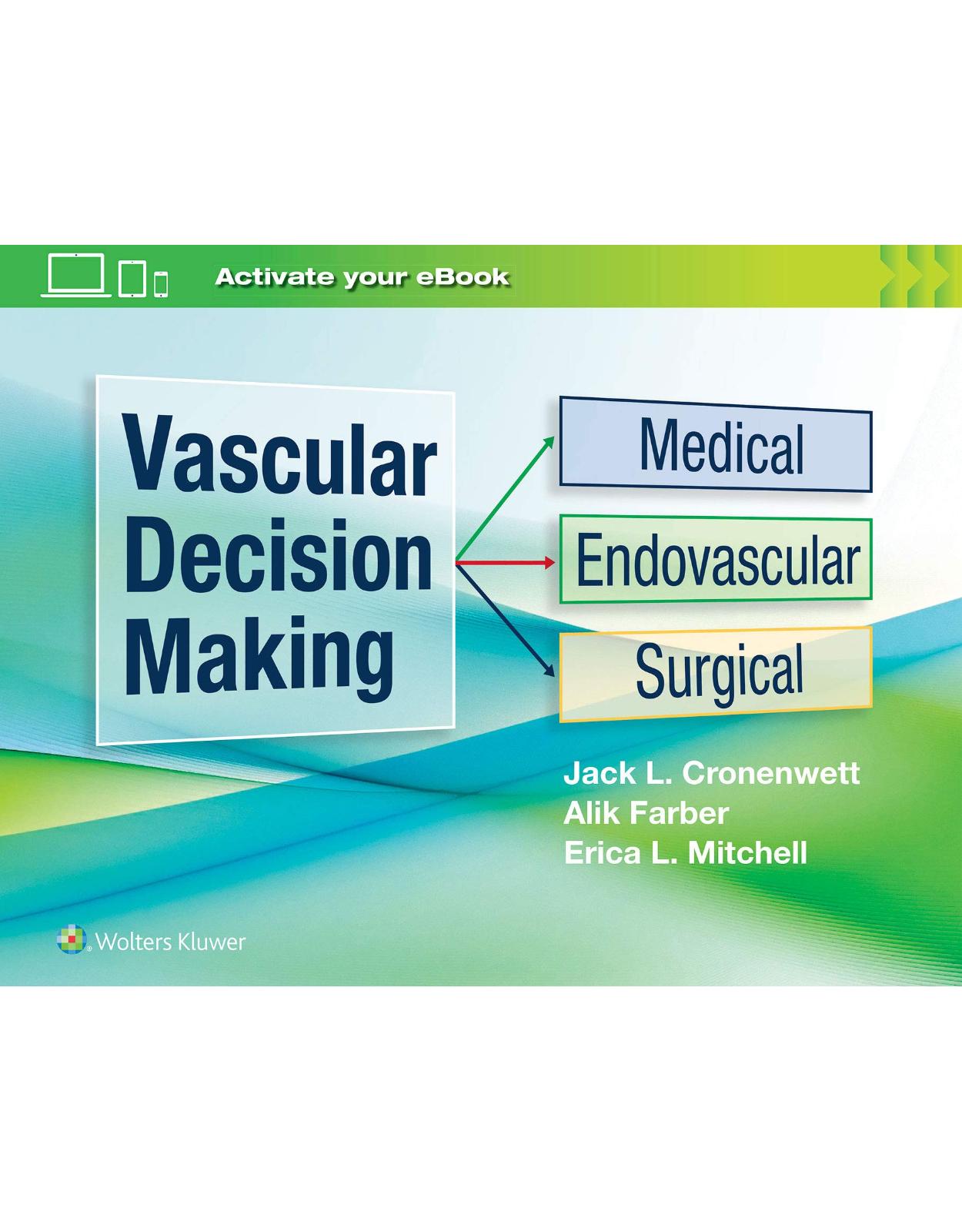
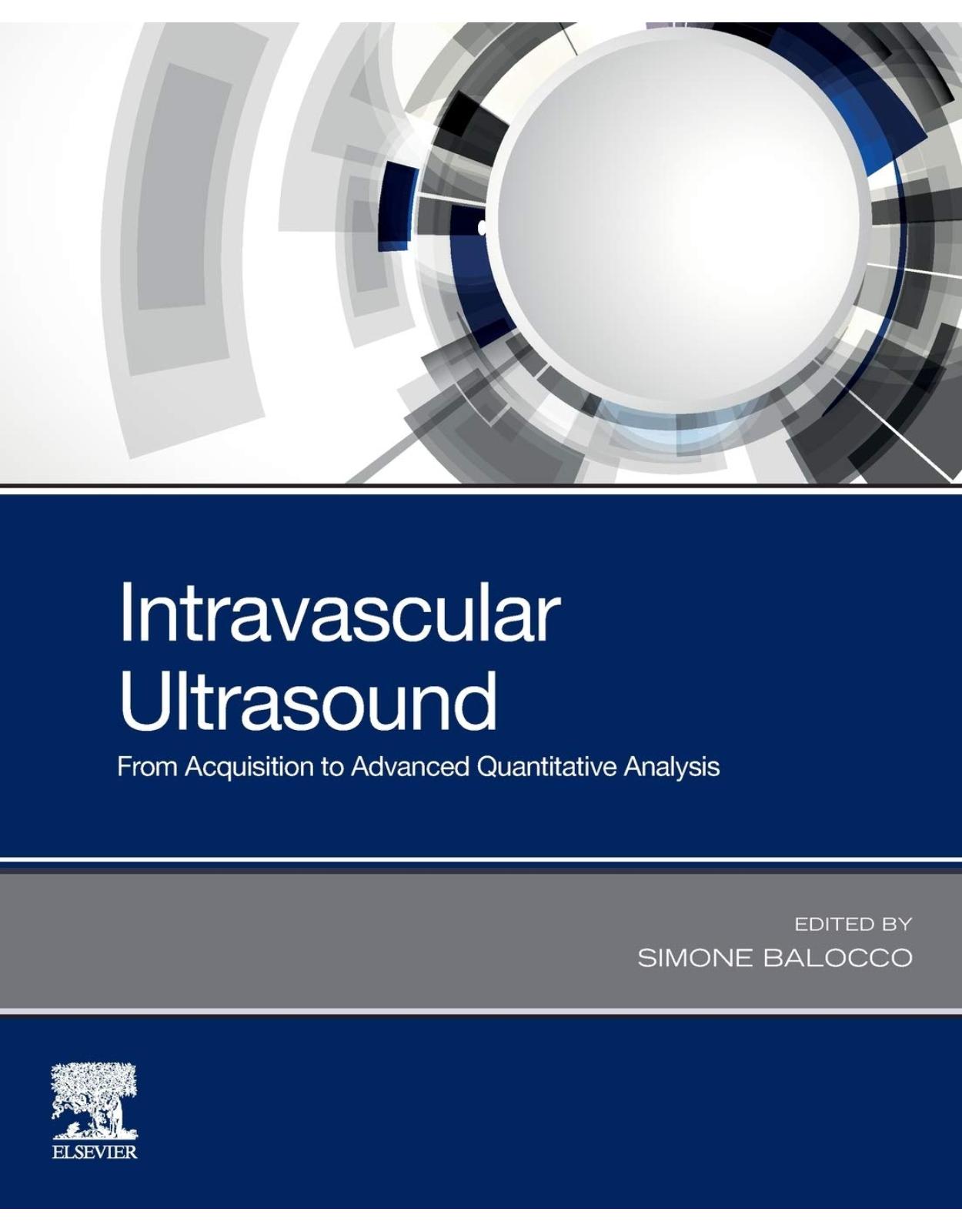
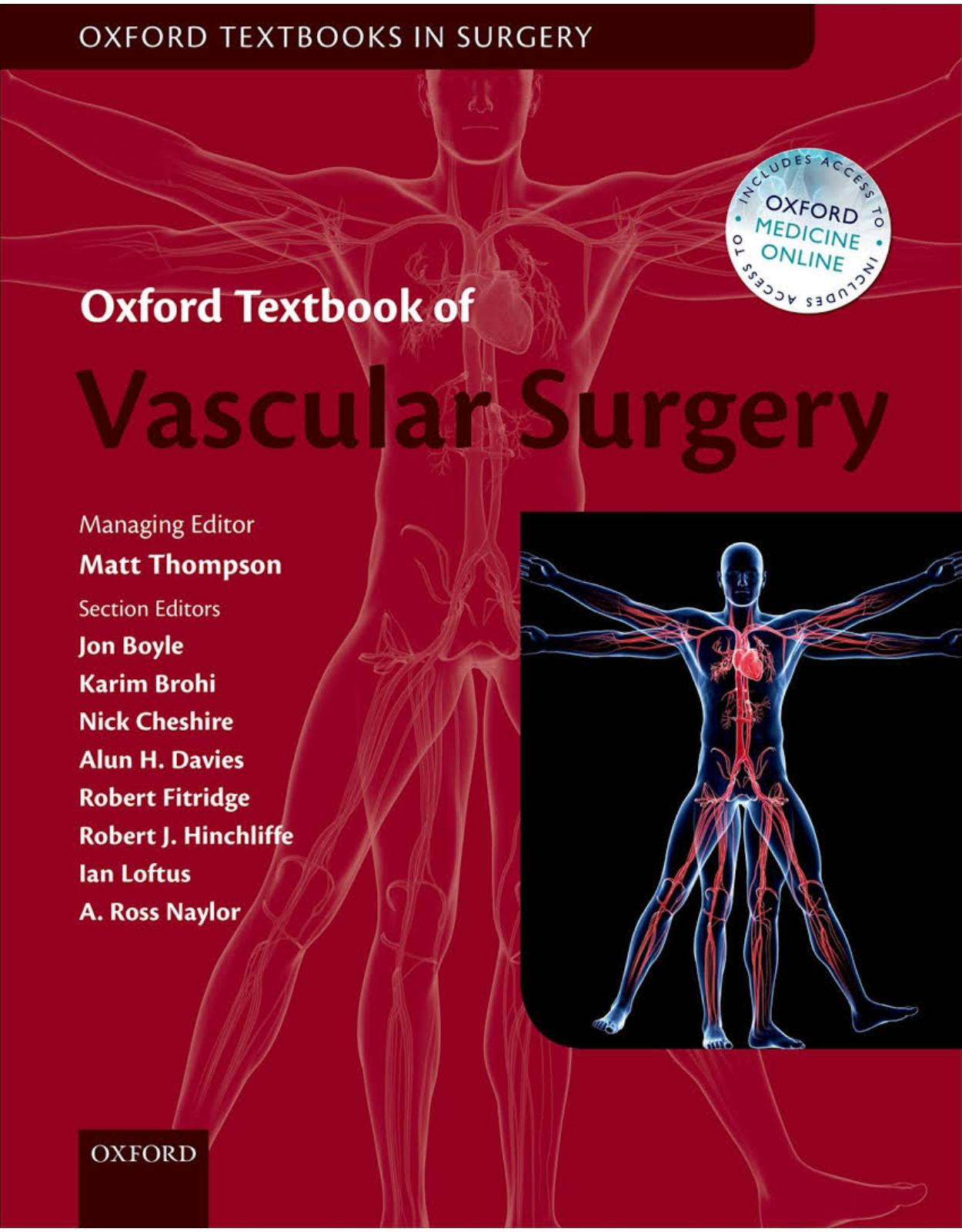
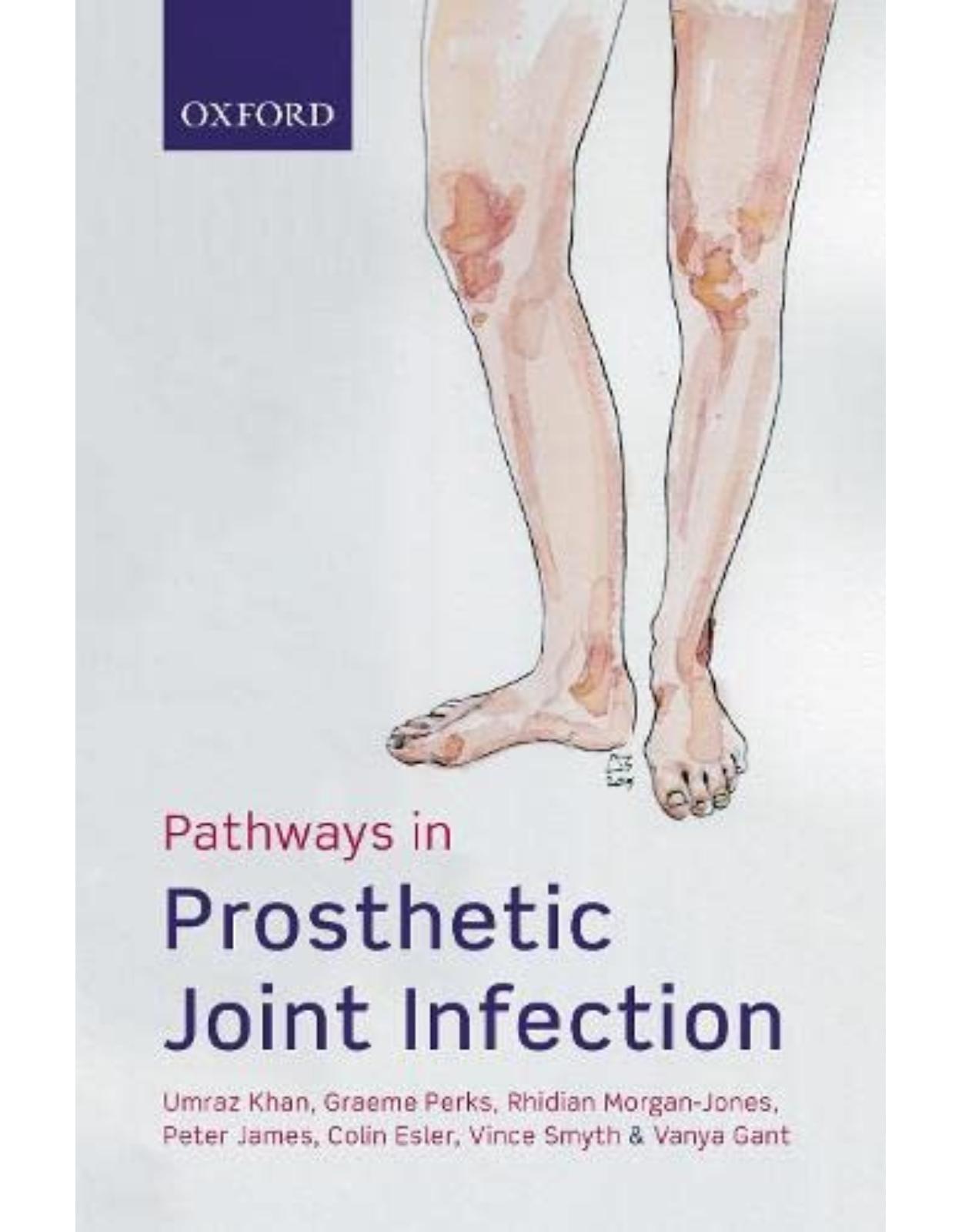
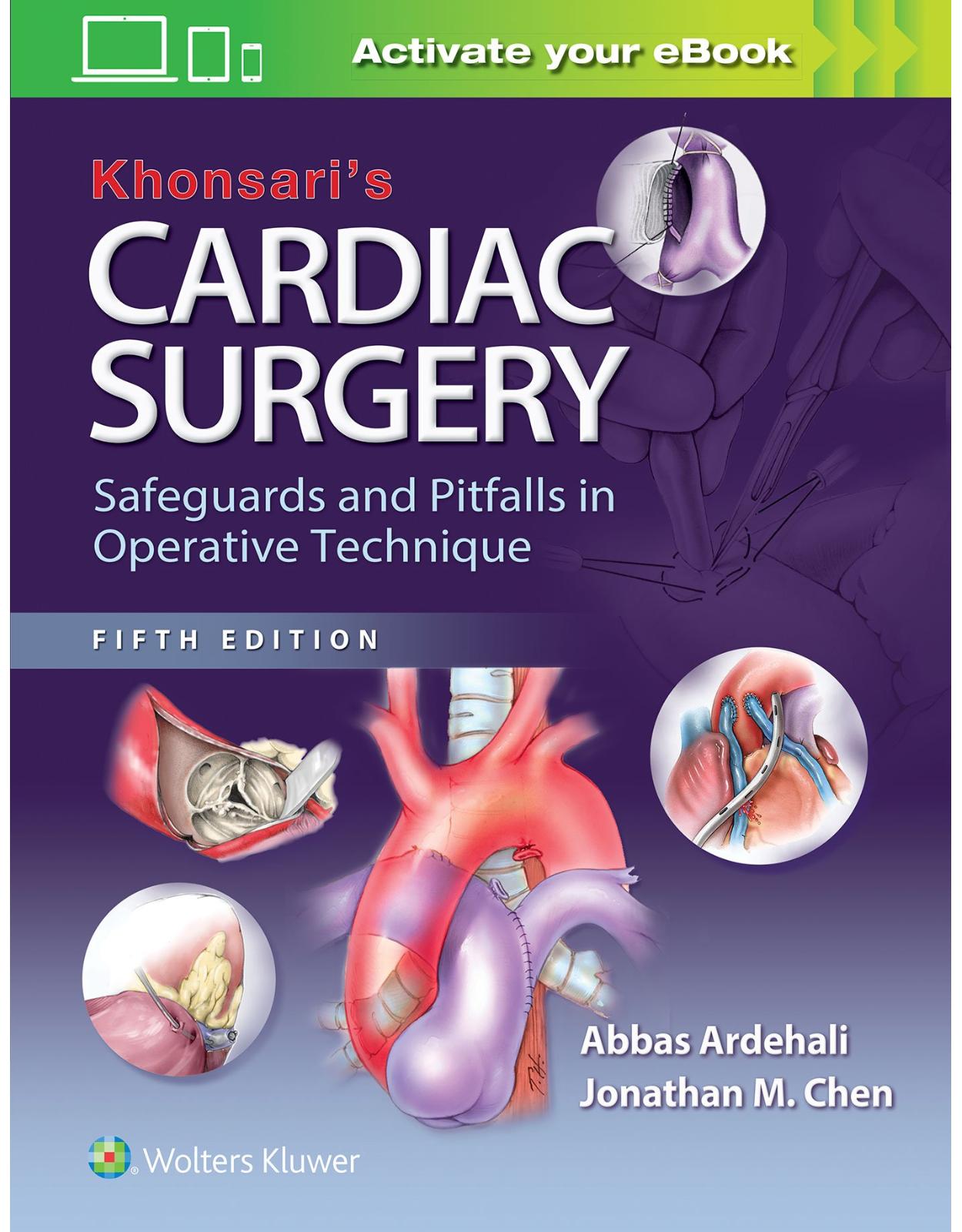
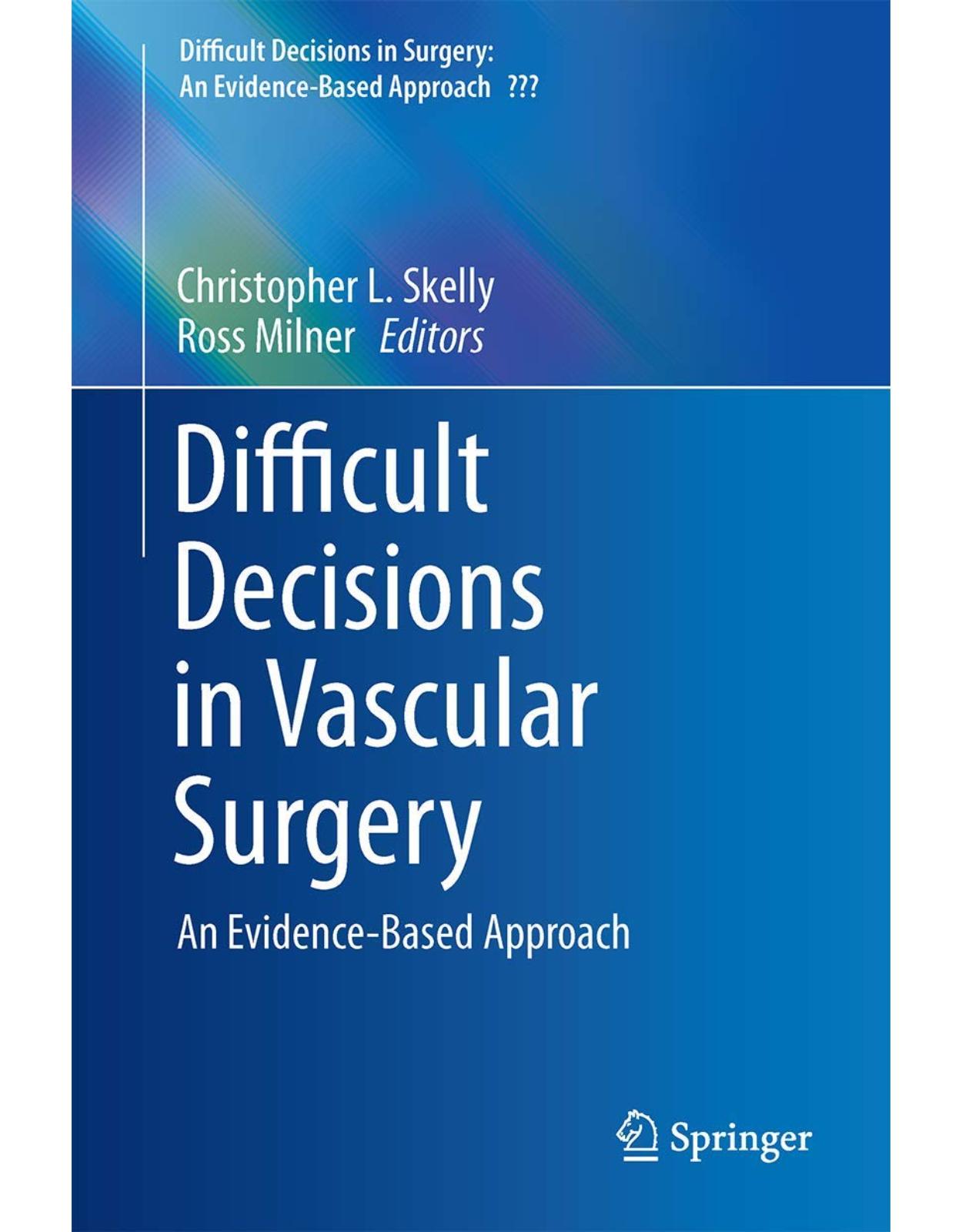
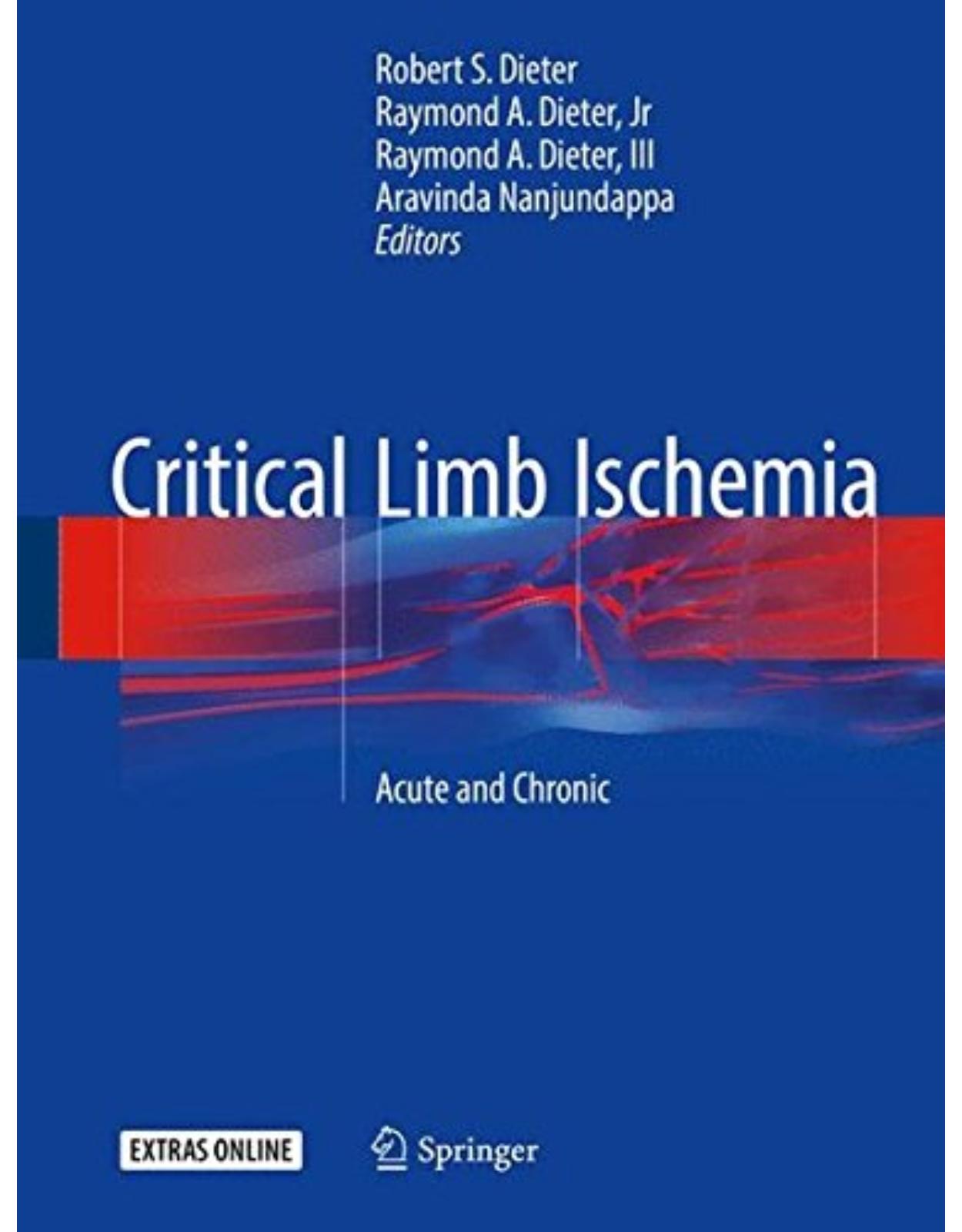
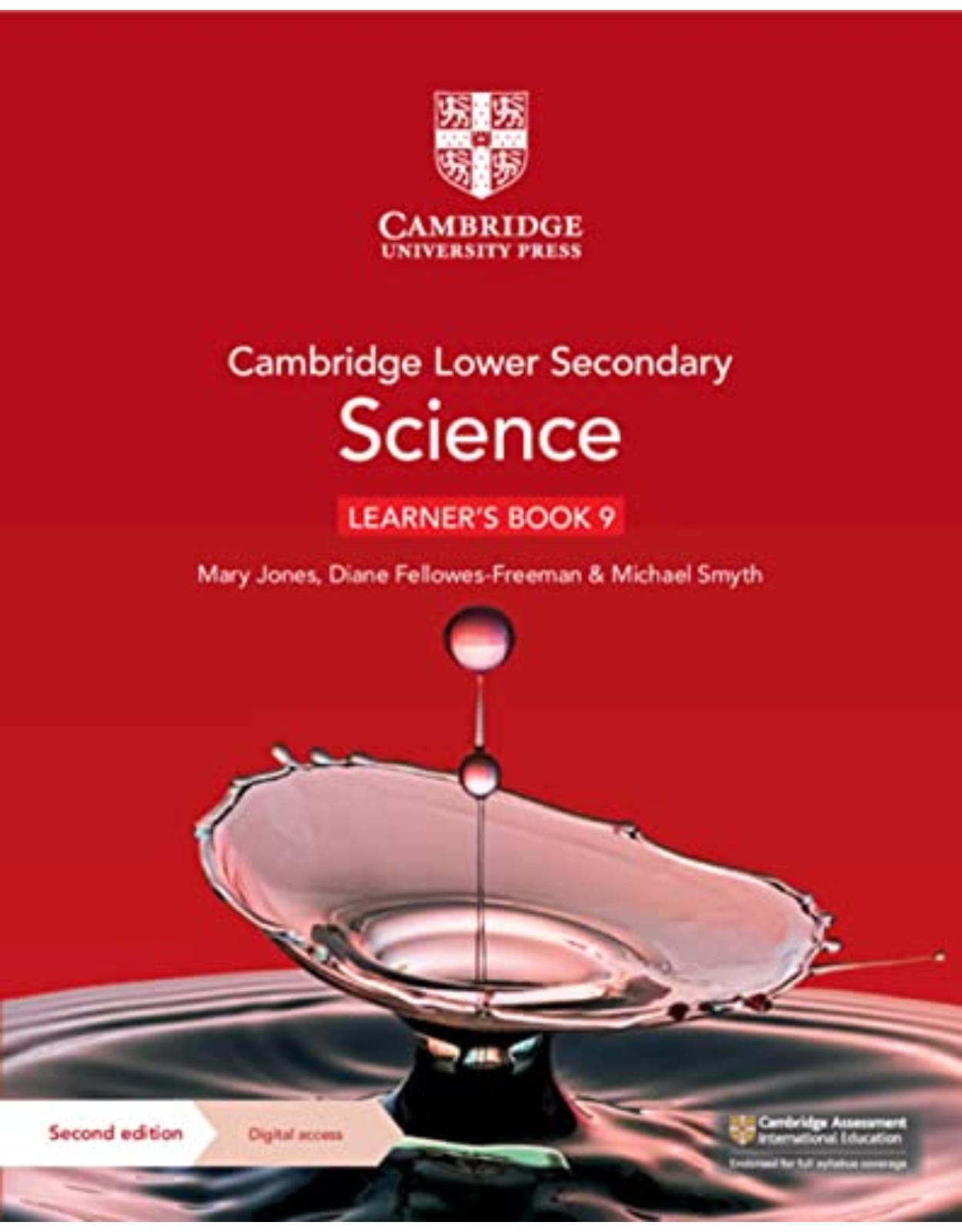
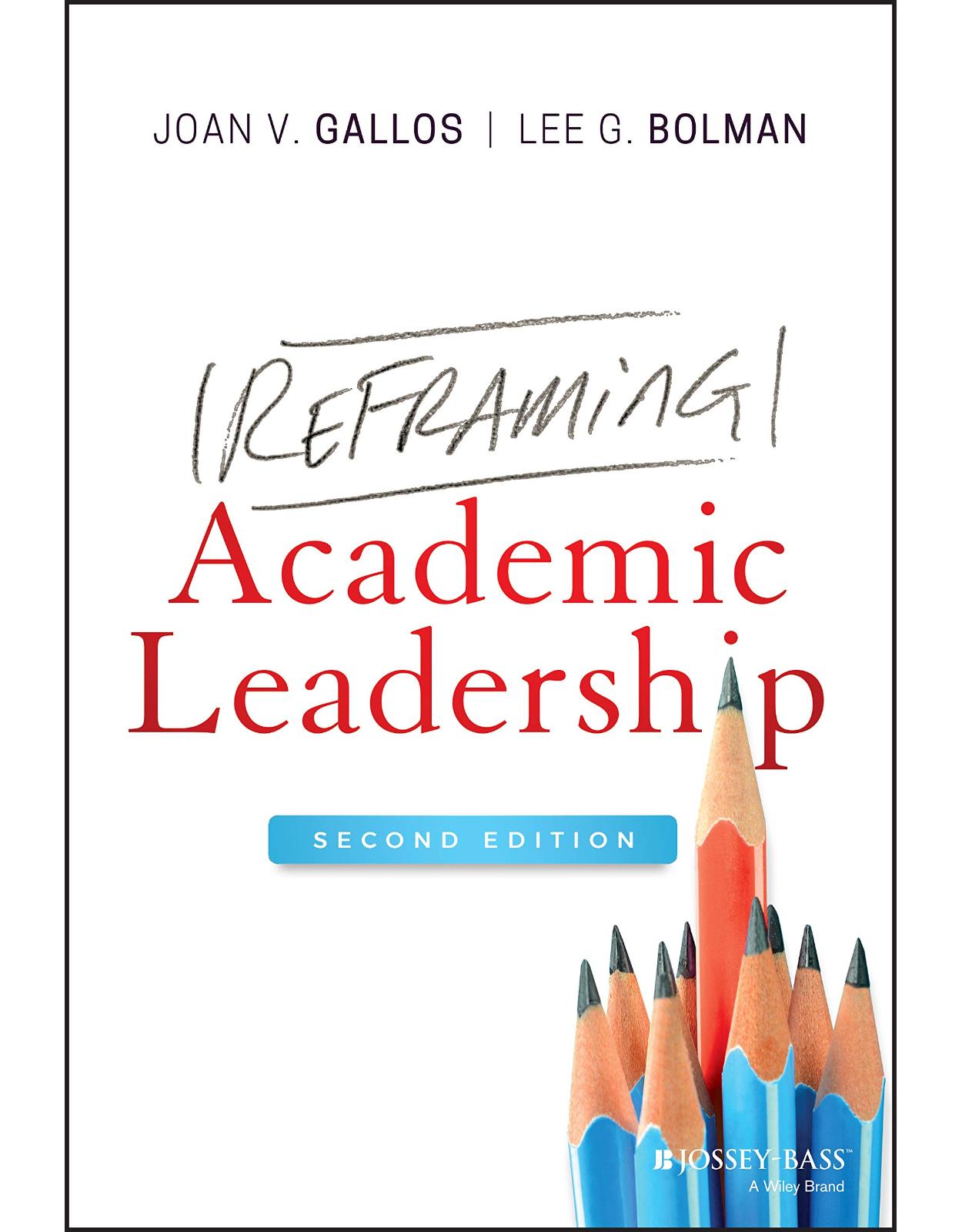
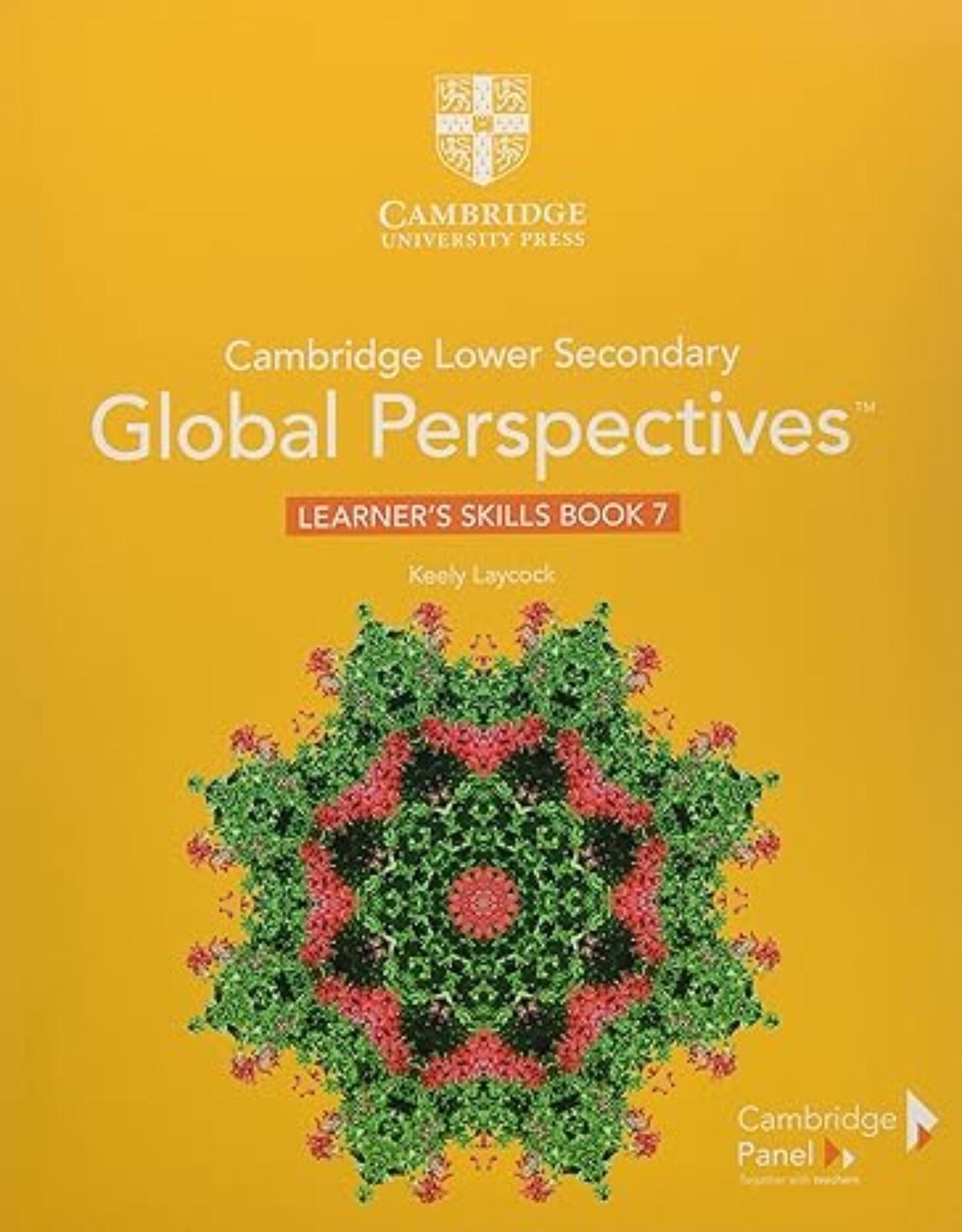
Clientii ebookshop.ro nu au adaugat inca opinii pentru acest produs. Fii primul care adauga o parere, folosind formularul de mai jos.